Wood Carving Therapy: Benefits for Coping with Anxiety, PTSD, and ADHD
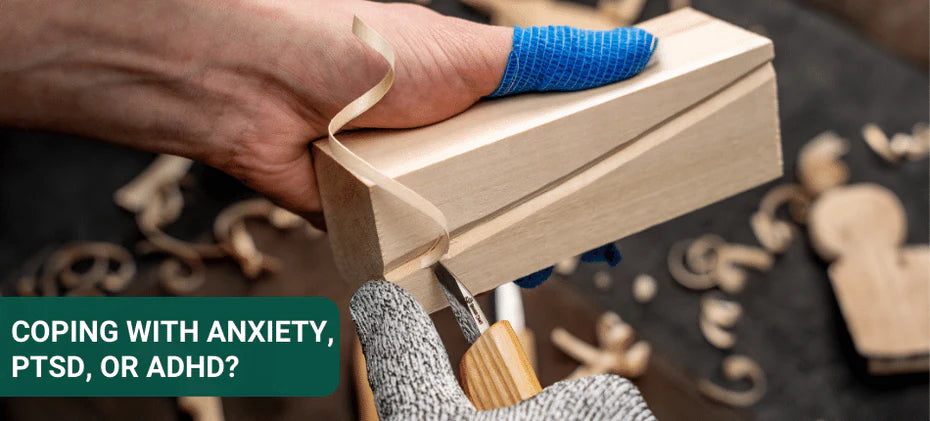
In today's fast-paced world, the question of 'why is mental health important?' should not be overlooked. We live in an environment where stressors seem to lurk around every corner, so, finding effective methods to manage mental health has become crucial. Anxiety, PTSD, and ADHD are among the most prevalent mental health challenges people face. However, amidst these struggles, there exists a therapeutic outlet that not only serves as creative hobby to relieve stress but also offers profound benefits for overall well-being: wood carving.
Why is Mental Health Important?
Mental health is crucial for our overall well-being, influencing how we think, feel, and behave in our daily lives. It encompasses our emotional, psychological, and social well-being, impacting how we handle stress, relate to others, and make choices. Neglecting mental health can lead to various challenges, including reduced quality of life, impaired relationships, and diminished productivity.
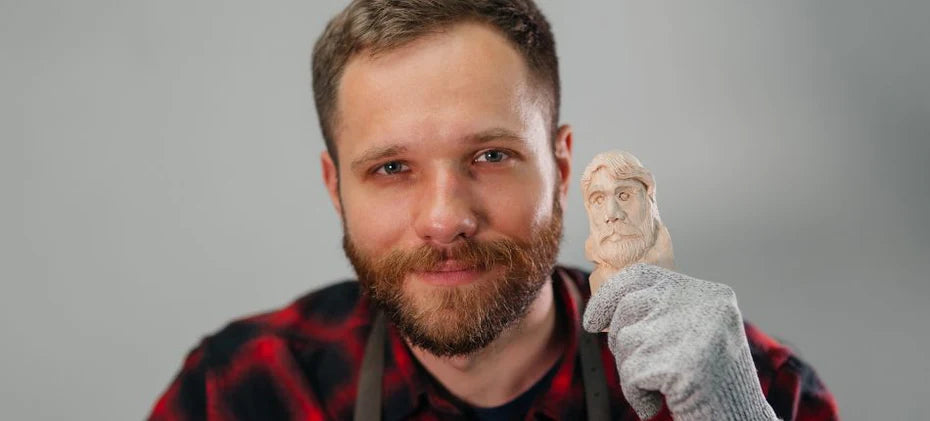
What is Anxiety?
You may not know what anxiety is until you experience it firsthand. Anxiety is a natural stress response characterized by feelings of worry, fear, and apprehension. While occasional anxiety is normal, persistent and excessive worrying that interferes with daily life may indicate an anxiety disorder.
Symptoms of anxiety can include excessive sweating, trembling, rapid heartbeat, and trouble concentrating. What causes anxiety varies from person to person and can include genetics, brain chemistry, personality, and life events.
How to Deal with Anxiety
Managing anxiety involves a multifaceted approach. Strategies such as cognitive-behavioral therapy (CBT), mindfulness practices, regular exercise, and maintaining a healthy lifestyle can be effective in reducing anxiety symptoms. It's essential to seek professional help if anxiety significantly impacts daily functioning.
What is ADHD?
Attention-deficit/hyperactivity disorder (ADHD) is a neurodevelopmental disorder characterized by difficulty maintaining attention, impulsivity, and hyperactivity. It commonly manifests in childhood and can persist into adulthood. Those with ADHD may struggle with organization, time management, and impulse control. What causes ADHD is not fully understood but likely involves a combination of genetic, environmental, and neurological factors.
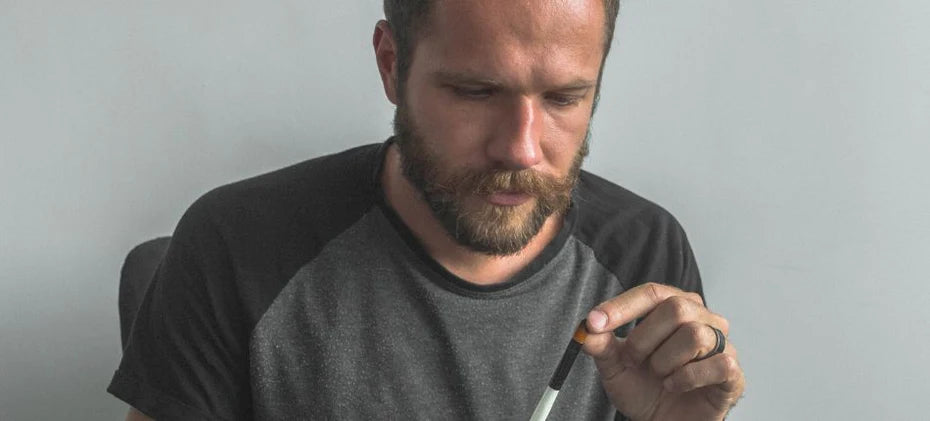
How to Deal with ADHD
Treatment for ADHD typically includes a combination of medication, cognitive-behavioral therapy, and lifestyle modifications. Developing structure and routines, breaking tasks into manageable steps, and practicing mindfulness can help manage symptoms and improve focus and productivity.
What is PTSD?
PTSD, or Post-Traumatic Stress Disorder, is a mental health condition triggered by experiencing or witnessing a traumatic event. Symptoms may include flashbacks, nightmares, avoidance of triggers, hypervigilance, and emotional numbness. What causes PTSD can vary but often involves exposure to trauma, such as combat, accidents, or abuse. It can significantly impact daily functioning and quality of life.
How to Deal with PTSD
Treating PTSD requires a comprehensive approach, including therapy, medication, and support from friends and family. Techniques like cognitive-behavioral therapy (CBT), eye movement desensitization and reprocessing (EMDR), and relaxation exercises can help process traumatic memories and regain a sense of control. Establishing a strong support network, engaging in self-care activities, and learning coping skills are essential for managing PTSD symptoms.
Wood Carving and Whittling for Physical and Mental Health
Wood carving and whittling are ancient crafts that have stood the test of time, evolving from practical necessities to beloved hobbies to relieve stress. Beyond the satisfaction of creating something tangible, these activities offer many physical and mental health benefits.
Engaging in these activities allows you to express creativity, focus attention, and experience a sense of accomplishment. The rhythmic motion of carving can promote relaxation and reduce stress levels, while the tactile nature of working with wood provides sensory stimulation.
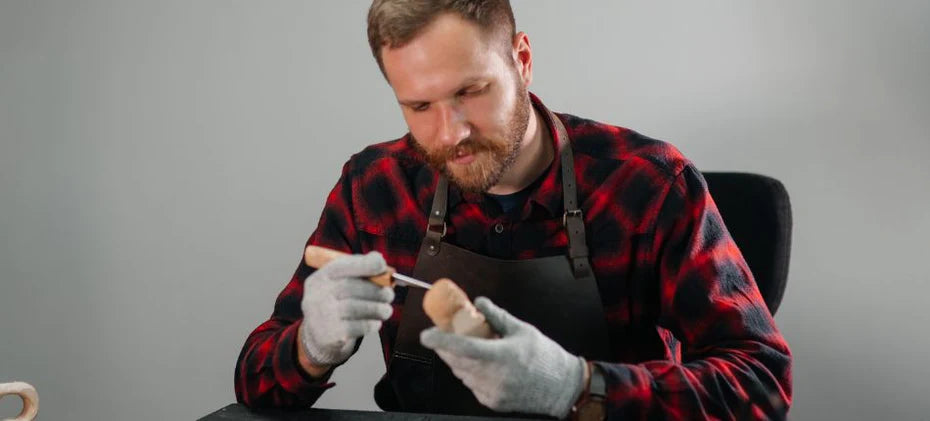
Therapeutic Advantages of Wood Carving
Enhancing physical health is one of the remarkable benefits of engaging in wood carving. It improves hand-eye coordination, fine motor skills, and grip strength. As practitioners manipulate carving tools and work with wood, they stimulate various muscle groups, improving dexterity and coordination. Additionally, the repetitive motions involved in carving serve as a gentle form of low-impact exercise, supporting cardiovascular health and muscle tone. This combination of physical activity and skill refinement nurtures the body and fosters a sense of accomplishment and mastery.
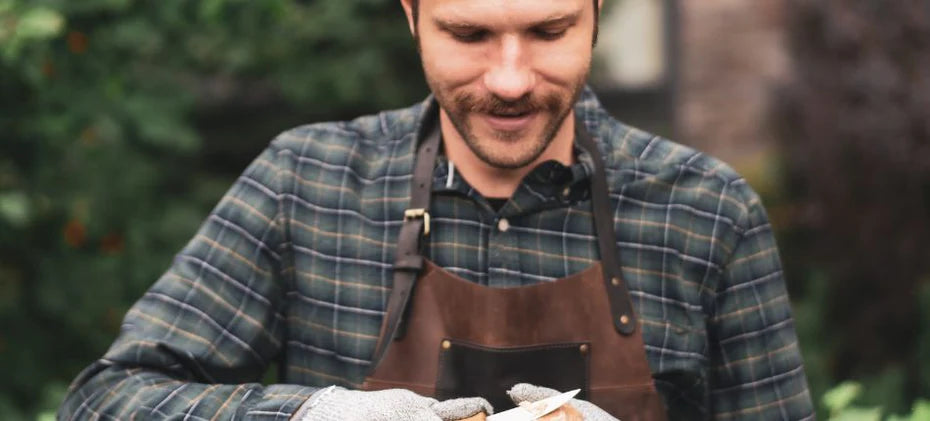
Practicing Mindfulness Through Wood Carving
Mindfulness, the art of being fully present in the moment without judgment, finds a natural ally in wood carving. Immersed in the rhythmic process, wood carvers embark on a journey of self-discovery and inner exploration. As attention is directed toward the texture of the wood, the feel of the carving tools, and the evolving shape of the piece, worries and distractions fade into the background. This focused attention on the task at hand not only helps carvers to quiet the chatter of the mind but also provides a powerful technique on how to relieve stress, fostering a deep sense of calm and inner peace.
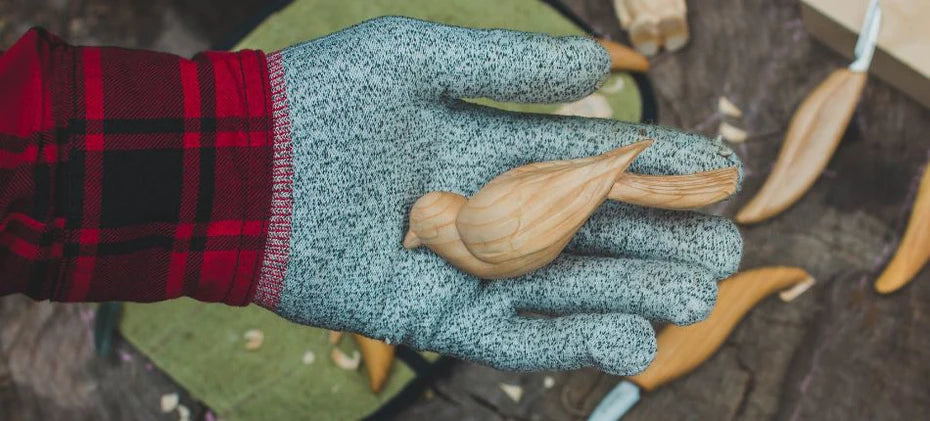
Beginning Wood Carving for Stress Relief
If you're looking for a rewarding hobby to relieve stress, wood carving is an excellent choice. And getting started with it is easier than you might think. You can kickstart your journey with simple wood carving projects for beginners using basic tools and materials. Fortunately, there's an abundance of beginner-friendly resources waiting to assist you. Whether you're seeking guidance on carving techniques, advice on selecting your starter set of tools, or step-by-step tutorials for crafting your first masterpiece, there is something for everyone.

For instance, if you're itching to try your hand at carving, we have an excellent article dedicated to wood carving techniques for beginners. If you're ready to equip yourself with your first set of tools, we've got you covered with a comprehensive guide on how to choose whittling knives specifically designed for novice carvers. And for those envisioning their first project, our detailed guide on how to carve a cute little bird offers a perfect starting point, guiding you through the process with clarity and precision.
Embracing wood carving can provide a fulfilling outlet for creativity and self-expression while offering valuable mental and physical health benefits. Start your carving adventure today and discover how to improve mental health through the soothing art of this timeless craft.


3 Comments
Thanks for reaching out! While we don’t have information on in-person woodcarving schools in NYC, we do offer a variety of woodcarving tools that are perfect for beginners, along with tons of educational videos on our YouTube and Instagram pages to help guide you. Feel free to follow us there for step-by-step tutorials!
If you’re just starting out, we highly recommend checking out our beginner-friendly kits to get you equipped with everything you need. Happy carving, and we’re here if you need any help along the way!
Hello once again i am looking for an in person school for woodcarving do you have any good recommendations I from NYC within the 5 boroughs